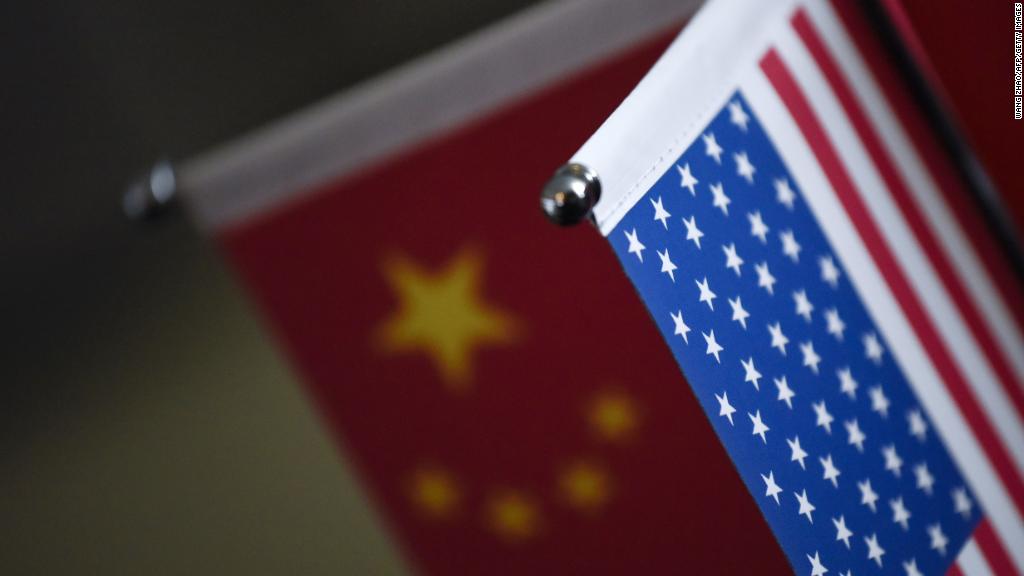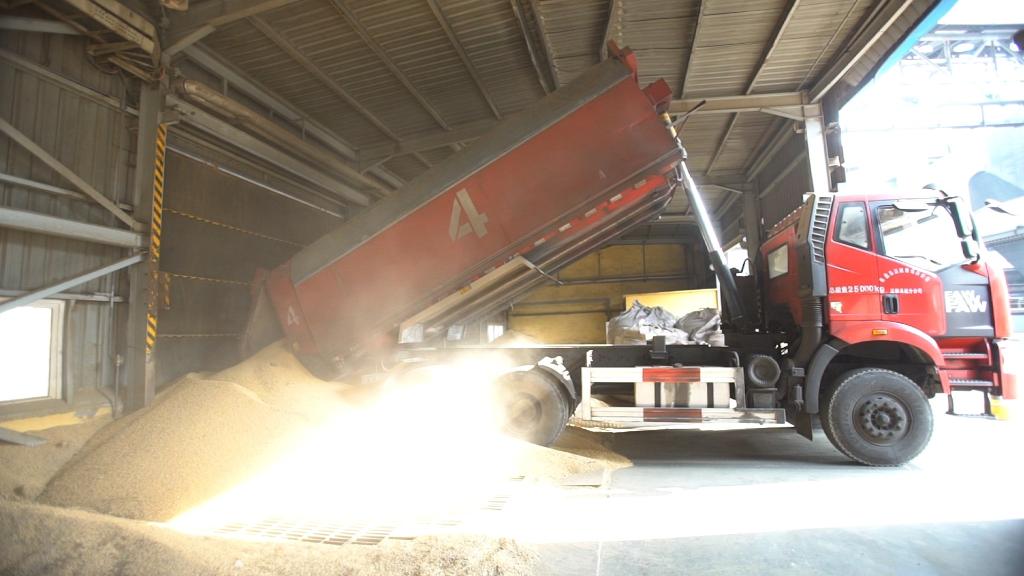
The US isn't the only place where big investment in infrastructure is sorely needed.
President Trump wants to pour hundreds of billions of government money into upgrading US bridges and highways, which he has slammed as "third world." But developing countries across Asia and the Pacific are also hungry for American dollars to help improve their roads and railways.
It's a subject that Australian Prime Minister Malcolm Turnbull has raised as he prepares to meet Trump in Washington on Friday.
"We need trillions and trillions of dollars of additional infrastructure investment in the region," Turnbull said Thursday.
Economists agree with him. The Asian Development Bank estimated last year that developing nations in Asia and the Pacific would require $26 trillion through 2030 to build things like power grids, transportation links and sewage pipes.
One major power is already stepping in to meet some of those needs.
China is pumping hundreds of billions of dollars into ports, rail lines and other projects in Asia and beyond through its Belt and Road program.
Related: China's new world order
The world's biggest exporter is trying to build and strengthen a vast trading network across Asia, Africa and Europe.
Experts say the US and its allies are worried that China is using the program to expand its influence and limit other countries' cooperation with the West.
"Their biggest concern is that Belt and Road is a means of cementing Chinese economic hegemony," said Harsh Pant, an international relations professor at King's College London.
US Defense Secretary Jim Mattis said in October that "no one nation should put itself into a position of dictating 'One Belt, One Road,'" which is another name for the Chinese program.
An alternative to China
But the challenge facing the US and its allies is how to respond to the huge sums China is pouring into the projects -- and the ties it's building with the nations receiving the investments.
Some of China's regional rivals are already investigating alternatives. Japan and India, which have eyed Belt and Road warily, are backing a project called the Asia Africa Growth Corridor, which aims to boost trade between the continents by beefing up infrastructure like ports.
Related: China has a grand plan to dominate world trade
Euan Graham, director of the international security program at the Lowy Institute in Australia, says that kind of collaboration could have real appeal because many governments would prefer to partner with countries other than China on big infrastructure projects.
Increased US involvement could make it even more attractive.
While it's hard to compete with the billions China offers, according to Graham, countries like the US and Japan benefit from advantages in engineering know-how, project management and quality control.
"They should play to their strengths" and offer higher standards, he said.
Related: A massive US farming industry fears China trade trouble
But pledging big sums to overseas projects won't fit neatly with Trump's "America First" agenda and focus on improving US infrastructure.
And with tensions already rising between Washington and Beijing over trade, the Chinese government might not take kindly to the US teaming up on infrastructure spending in Asia with rivals such as Japan and India.
"Beijing will see this as an attempt to reshape the balance of power in the wider Indo-Pacific," Pant said.

Supporting American jobs
Some experts say there are good reasons for America to pump money into Asia and the Pacific.
Last year, Trump yanked the US from the Trans-Pacific Partnership, a huge free trade deal covering 12 nations on both sides of the ocean. By pulling out of it, Trump raised doubts about the US government's future role in Asia.
Teaming up with its allies to invest in infrastructure "could be a useful way of drawing the US back in," said Bates Gill, a security studies professor at Australia's Macquarie University.
Some major US companies like GE (GE) and Caterpillar (CAT) have already backed Belt and Road plans.
Related: Why tech secrets, not steel, could cause the real clash between the US and China
Gill argues that Trump could pitch greater US involvement in foreign infrastructure spending as a way to create American jobs and boost exports. The projects could generate business for the US companies that make the machinery and other equipment required by the construction activity.
Demand for infrastructure in the region is so high, Gill said, that China's pockets aren't deep enough to cover it all.
"We want to work with China to ensure that their infrastructure investment is commercially sustainable, is transparent and adds to the economic growth that is so needed in our part of the world," Australian Foreign Minister Julie Bishop said this week.


